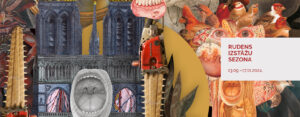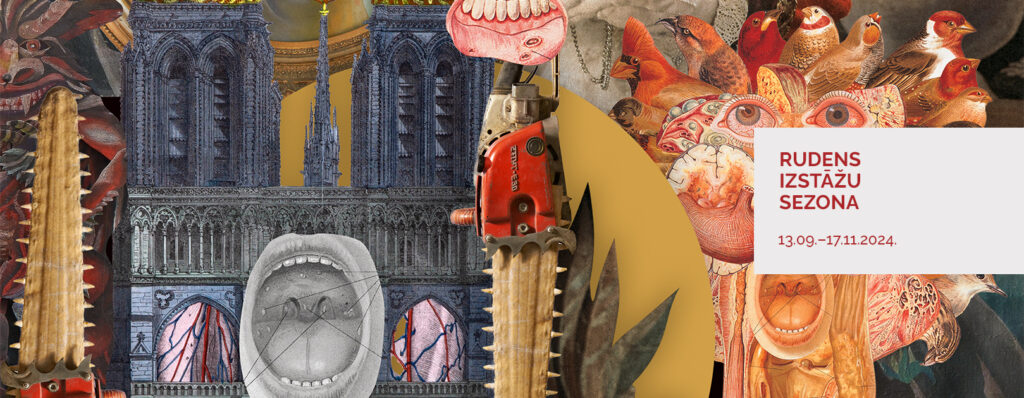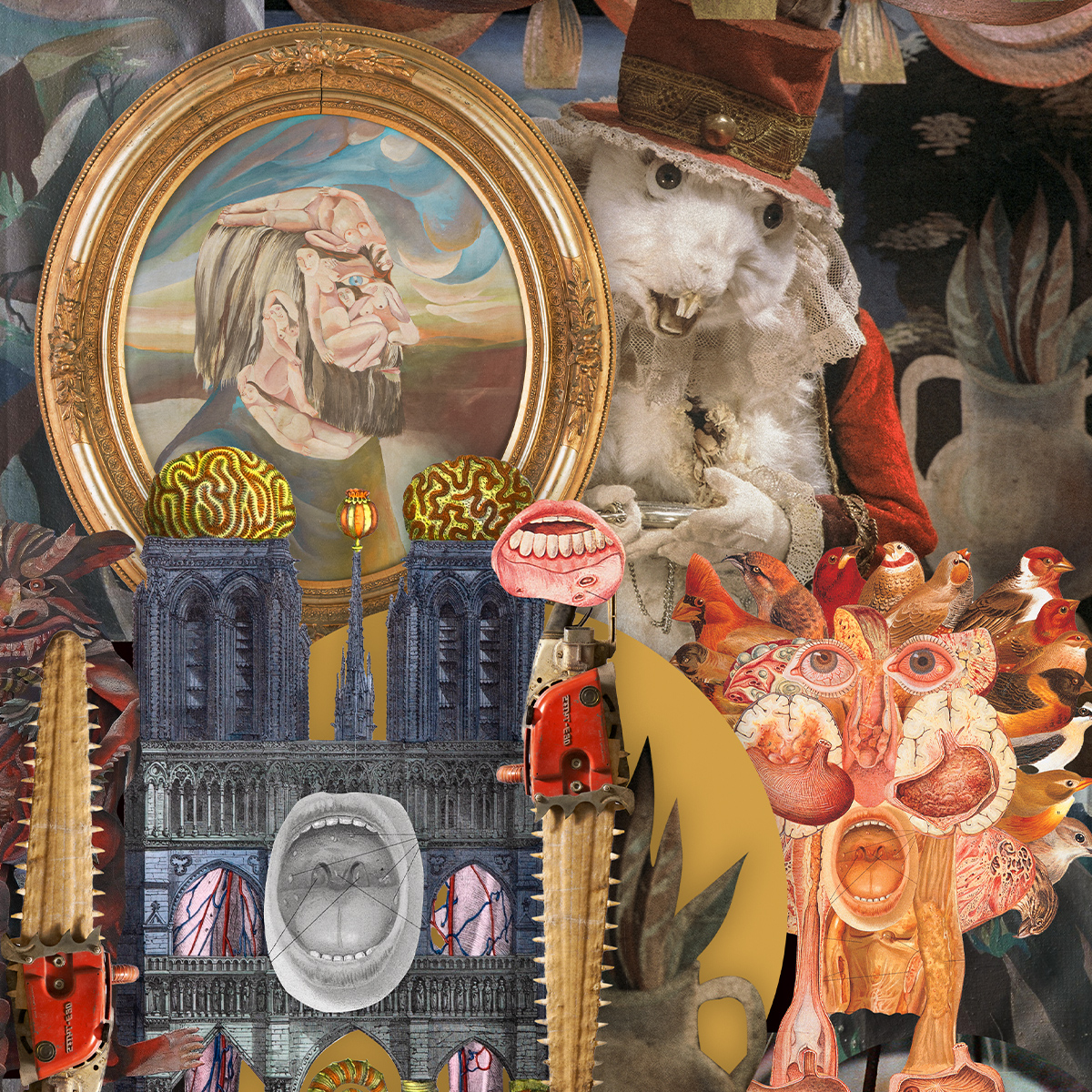From 13 September to 17 November, the Rothko Museum will present its autumn exhibition season: “Disegno Interno: Surrender to Your Obsessions” – a sweeping tribute exhibition celebrating the iconic surrealist filmmaker Jan Švankmajer and his wife, Eva Švankmajerová (Czechia), “Jewish Motifs” by the renowned abstractionist Solomon Gershov, the new solo project by the Latvian artist Verners Lazdāns, “Humans, Beasts and Landscapes”. Meanwhile at the Martinsons House, the new season will offer ceramic “Reflections” by Skaidrīte Cihovska.
“Disegno Interno: Surrender to Your Obsessions” – a tribute to Jan Švankmajer
The autumn season’s most impressive project, produced in cooperation with Athanor, celebrates the legendary surrealist filmmaker Jan Švankmajer. The exhibition will plunge the viewer into the artist’s unique vision through a range of objects from all his films and short films in a comprehensive display alongside numerous paintings, prints, ceramics, texts, medium drawings and collages by Švankmajer and his wife, Eva Švankmajerová. The complete exhibition experience will also include Švankmajer’s most famous films and short films, such as “Alice” (1988), “Faust” (1994), “Conspirators of Pleasure” (1996) and many more. Through all these means, the exhibition will explore surrender to obsessions, stretching the limits of our psyche and testing how far it could take us if we were to give full rein to our unbridled consciousness.
To quote from the exhibition’s curator, Aivars Baranovskis: “This year, the globe is swept up in the celebration of Surrealism’s centennial. Meanwhile, Jan Švankmajer is turning ninety. This massive project is a double tribute to the movement and the artist. Mapping Jan Švankmajer and Eva Švankmajerová’s entire oeuvre in a comprehensive display, the exhibition will fill the Rothko Museum’s gallery space with unseen, mind-blowing objects strikingly distinctive in their form and message to introduce the viewers to both artists’ peerless vision and perception of the deeper scheme of things.”
“Humans, Beasts and Landscapes” by Verners Lazdāns
Verners Lazdāns marks a new stage in his creative evolution with an exhibition featuring three outstanding series of works. The first explores private and social memory through painted “family portraits” and evokes a sense of déjà vu. The second captures visions of the perfect place to be in, the yearning for internal and external harmony, the longing to belong. The third picks up the thread of “Human Animals”, a theme the artist has pursued with varying intensity throughout his career, reflecting Lazdāns’s personal experiences of the natural world and the imprints such encounters leave in his subconscious.
When asked about his method, Lazdāns says: “My process is a game where I create images and indirectly look for common threads between the personal and universal. My works are fundamentally experimental; they are meant to question the veracity of my perception. First, I accept that the world may not be the way I perceive it, which tells me we may well abandon our attempts to explain everything away. If physicists describe the invisible world, why can’t art do the same with its own toolkit?”
Solomon Gershov’s “Jewish Motifs”
Solomon Gershov, a native of Daugavpils, was a legendary master of the Avant-Garde, known for his strikingly expressive and distinctive hand. His genres were landscape, portrait and biblical motifs. The new exhibition at the Rothko Museum is, in a sense, a homecoming and an absorbing visual reflection on his Jewish heritage.
The exhibition’s curator, Farida Zaletilo, explains: “For this project, we worked with Gallery Vache, Georgia, who have lent us thirty pieces from their Gershov collection. Thematically, the exhibition will explore the tragedy and beauty of the human condition through the prism of the Jewish nation – its millennial traditions and the Catastrophe of World War II. Gershov’s own fate had its fair share of trials, losses and misfortunes, but an indomitable spirit held him strong through years of harsh, politically motivated persecution, deportation and oblivion that followed. His turbulent biography reminds me of a sonnet by Michelangelo, whose message was concise: the higher soars the swing of the creator’s hand, the harder comes the fall.”
“Reflections” by Skaidrīte Cihovska
Skaidrīte Cihovska was a major force in Latvian ceramics during the 1970s. Throughout her long creative career, she made both decorative and functional ceramic design objects and monumental sculptural pieces, known in the 1960s and 70s as “garden ceramics”.
“Reflections” at the Rothko Museum’s Martinson’s House lifts Cihovska’s greatest pieces from the Latvian National Art Museum and the Rothko Museum collections. The artwork on display exudes stability and precision, achieved with a rational language of form. Never overly ornate, her ceramic objects and wares embody classical simplicity in an expert blending of function and décor.
The Rothko Museum’s autumn season exhibitions are available from 13 September to 17 November except “Disegno Interno: Surrender to Your Obsessions”, which will remain on display through 16 February 2025.
Information: Rothko Museum




